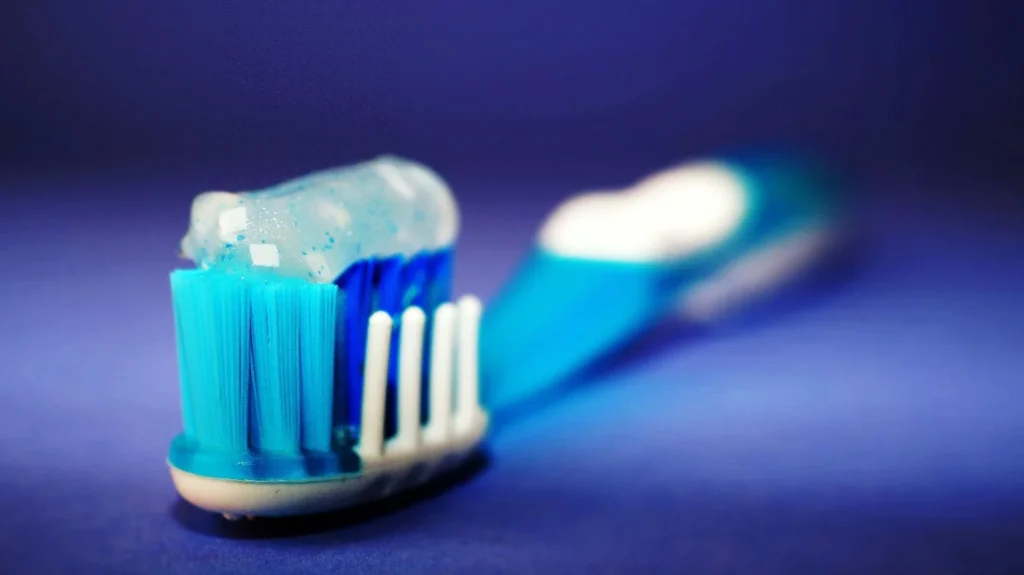Most of us try to take good care of our teeth. We brush, we floss (occasionally), and we show up for dental checkups, at least when something feels off. But even with the best intentions, dental health is often misunderstood. Over time, we pick up little “truths” from friends, family, or the internet, and sometimes those beliefs do more harm than good.
It’s easy to assume that if your teeth look fine and don’t hurt, everything must be okay. But oral health is more complex than it seems. Problems can develop quietly, and by the time symptoms show up, the damage might already be done. What’s worse, a few common dental myths can lead people to skip necessary care or avoid helpful treatments altogether.
If you’re trying to take better care of your teeth and gums, it helps to know what advice you can trust and what to leave behind. Let’s start by addressing one of the most widespread myths out there.
Myth #1: “Braces Are Just for Looks”
There’s a common assumption that orthodontic treatment is purely cosmetic. Many people think braces or aligners are just about straightening teeth for a better smile. But the truth is, orthodontics goes way beyond appearance.
Crooked teeth and bite problems can lead to a range of issues. Misalignment can cause difficulty chewing, increase your chances of developing tooth decay, and even result in chronic jaw pain or headaches. When your teeth don’t fit together properly, they’re harder to clean and more likely to wear unevenly over time.
Orthodontic care focuses on function just as much as aesthetics. By correcting the structure of your bite, you’re setting yourself up for better long-term oral health. If you’re considering treatment for yourself or your child, look up 5 star orthodontics near me. It will help you find experienced professionals who offer personalized, high-quality care, not just for a straighter smile but for a healthier one, too.
Myth #2: “If My Teeth Don’t Hurt, They Must Be Healthy”
Pain isn’t always the first sign of a problem. Cavities, gum disease, and infections can develop quietly. By the time something starts to hurt, the issue might be advanced and harder to treat.
Regular dental checkups are key to catching problems early. Your dentist can spot signs of decay, inflammation, or enamel erosion before they become painful. Preventive care is often quicker, easier, and less expensive than waiting until symptoms show up.
So, even if everything feels fine, don’t skip those checkups. Staying ahead of problems is the best way to avoid costly treatments down the line.
Myth #3: “Baby Teeth Don’t Matter, They’ll Fall Out Anyway”
It’s easy to overlook baby teeth because they’re temporary. But their role in your child’s health is important. These teeth help kids chew, speak clearly, and guide permanent teeth into their proper place.
When baby teeth get cavities or fall out too early, it can affect the development of adult teeth. It can also lead to crowding, misalignment, or even painful infections.
That’s why it’s important to start dental care early. Regular brushing, healthy snacks, and routine visits to the dentist lay the foundation for lifelong oral health, even before adult teeth come in.
Myth #4: “Bleeding Gums Are Normal When Brushing”
If your gums bleed when you brush or floss, it might be tempting to ignore it. Maybe you think you just brushed too hard or haven’t flossed in a while. But bleeding gums are usually a sign of inflammation or early gum disease.
Healthy gums don’t bleed regularly. If you notice blood when brushing, it’s time to pay attention. You might need to improve your oral hygiene routine, floss more consistently, or see your dentist for a professional cleaning. In some cases, bleeding gums can be a warning sign of gingivitis—a condition that, if left untreated, can turn into more serious periodontal disease.
Taking action early can stop the problem in its tracks and keep your gums healthy and strong.
Myth #5: “Whitening Damages Your Teeth”
Many people are interested in whitening their teeth but worry about the risks. You might have heard that whitening products damage enamel or make teeth more sensitive. The truth is, when done correctly, especially under professional supervision, whitening is generally safe.
Problems tend to happen when people overuse at-home products or turn to DIY methods that aren’t dentist-approved. Abrasive ingredients like baking soda or acidic mixtures can wear down enamel over time.
If you’re considering whitening, talk to your dentist first. They can recommend a treatment plan that’s safe for your teeth and suited to your needs. That way, you’ll brighten your smile without compromising your oral health.
Myth #6: “Flossing Isn’t That Important”
Flossing is often the first thing people skip in their dental routine. Maybe you forget, or maybe you just don’t enjoy it. But skipping flossing leaves a lot of your mouth uncleaned.
Your toothbrush can’t reach the tight spaces between your teeth or under your gumline. That’s where plaque tends to build up, and if left alone, it can lead to cavities and gum disease.
Flossing once a day helps remove this hidden buildup and keeps your mouth fresher and cleaner. If regular floss is tricky to use, try dental picks or water flossers. The important thing is finding a method you’ll actually stick with.
Myth #7: “Chewing Sugar-Free Gum Replaces Brushing”
Sugar-free gum can be a helpful part of your oral care routine, but it’s not a replacement for brushing and flossing. Gum helps stimulate saliva, which can rinse away food particles and neutralize acids. That’s great in a pinch, especially after a meal.
But gum can’t remove plaque or clean between teeth. You still need to brush twice a day with fluoride toothpaste and floss regularly to keep your mouth truly clean.
Think of gum as a bonus tool, not a substitute. It’s helpful, but it won’t do the job on its own.
Believing the wrong things about dental care can lead to unnecessary problems, missed opportunities, and long-term damage. That’s why it’s so important to separate fact from fiction and to trust professional advice over hearsay.
If something about your oral health seems confusing or unclear, ask your dentist. They’re there to guide you, not just treat you. And when it comes to choosing the right orthodontic or dental care, take the time to do your research and find providers you feel confident in.
The more you understand how your mouth works and how to care for it, the better your overall health will be. Your teeth do more than help you smile. They’re an important part of how you eat, speak, and feel every day. And they deserve the best care you can give them.







